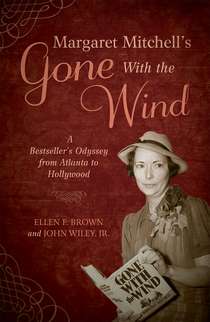For the past year I’ve been working with a coach at work. It’s impacted my professional life as well as my personal life.
When I mention this to colleagues and acquaintances, most say, “I want a coach.” Some say it would be great to have someone telling them how to solve work problems. But that’s not what happens.
Being coached is hard work. The person who has the answers is me, and my coach works hard to get me to think about the problem and possible solutions. After a year, I’m almost at the point where I can identify the issue and almost have it identified or resolved before we begin a coaching session.
Jack Zenger and Kathleen Stinnett describe coaching in an article this way: “The best business coaches act as a valuable mirror for their direct reports and help them to better assess what they are doing and how they are doing it.” The statement comes from their article, “Coaching as a Management Style: An excerpt from The Extraordinary Coach: How the Best Leaders Help Others Grow.”
 Coaching helps me with the complexities of today’s changing environment. For example, I started out learning that directing a team is the way to go. Today, however, the emphasis is on collaboration and negotiation. Before coaching, I established the agenda of team meetings. Now, I ask team members what should be on the agenda. My role is as a facilitator. Everyone is able to bring issues to the group and seek input from all. That doesn’t mean that we are all in agreement. The phrase we use is that we reach an approach or solution through collaboration, but we aren’t striving for consensus.
Coaching helps me with the complexities of today’s changing environment. For example, I started out learning that directing a team is the way to go. Today, however, the emphasis is on collaboration and negotiation. Before coaching, I established the agenda of team meetings. Now, I ask team members what should be on the agenda. My role is as a facilitator. Everyone is able to bring issues to the group and seek input from all. That doesn’t mean that we are all in agreement. The phrase we use is that we reach an approach or solution through collaboration, but we aren’t striving for consensus.
One of the best aspects of coaching for me is that it provides me with an opportunity to step back, reflect and reprioritize. Otherwise, sometimes I don’t think I would do this, and yet I need to. When I do it, I may realize I’m off course, and need to recalibrate.
I realize that not everyone has the opportunity to be coached. But we can all benefit from taking time to step back, reflect and reprioritize.



